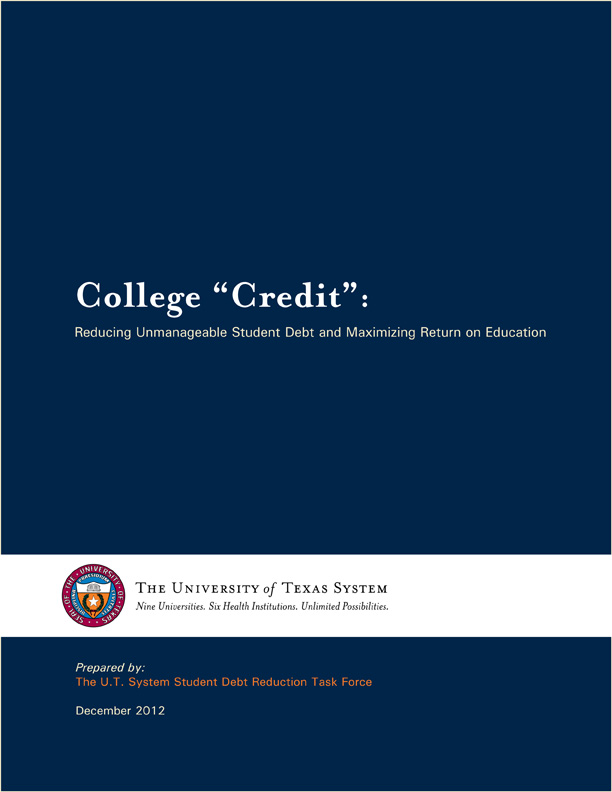Student debt is one of the most salient issues in higher education today. For most it is a useful tool facilitating access to continued education and new opportunities, for others it is an unmanageable lifetime burden, threatening success at every turn. Some students fear debt and prolong their education, depriving themselves of years of higher earnings; some economically disadvantaged students may not even consider a career in certain fields (such as Medicine, where average debt upon graduation is over $150,000 or teaching, where entry level salaries are relatively low) or may make career choices primarily on the basis of minimizing debt.
The overall growth in student loan debt—which now surpasses national credit card debt—and the increase instudent loan defaults have become national concerns. An analysis by the Federal Reserve Bank of New Yorkreports total student loan debt to be $870 billion (with 37 million borrowers), making student loans a material part of both total consumer debt as well as United States national debt. As stated in The Project on Student Debt, two-thirds of college seniors who graduated in 2011 had student loan debt, averaging $26,200. Of particular concern is the growing number of students who borrow but do not earn a degree. And student loan debt often cannot be shed, even in bankruptcy.
Given the growing influence of student debt in determining one’s future and its relevance to a student’s overall success, The University of Texas System convened a group named the Student Debt Reduction Task Force (Task Force) to examine this critically important issue. The purpose of the Task Force is to better understand thefactors which impact the burden of student debt, to creatively consider alternatives which might lessen that debt burden, and to recommend actions which would, over time, enhance a student’s likelihood of success and reduce the number of persons who carry unmanageable student debt.
Serving on the Task Force are 14 individuals with varying expertise and knowledge on the subject of student loan debt. The members come from within and without The University of Texas System and bring both local and national perspectives (full Task Force member biographies may be viewed in Appendix A). Members of the Task Force serve as individuals and do not represent any particular organizations or special interests. The Task Force meetings have included extensive data collection and review, much of which is based on external analyses of the issues, supplemented by internal information gathering and reporting. Subject matter experts have presented research and been interviewed by Task Force members, providing additional outside viewpoints. The report seeks to be an objective, evidence-based consideration of the issues to be shared with and considered by universityofficials, policy makers, interested groups, and the public.
Ultimately, the Task Force hopes to provide an accurate assessment of the current student loan debt crisis,framing the issue and delivering recommendations that minimize the risk of students being burdened withunmanageable debt upon graduation.


